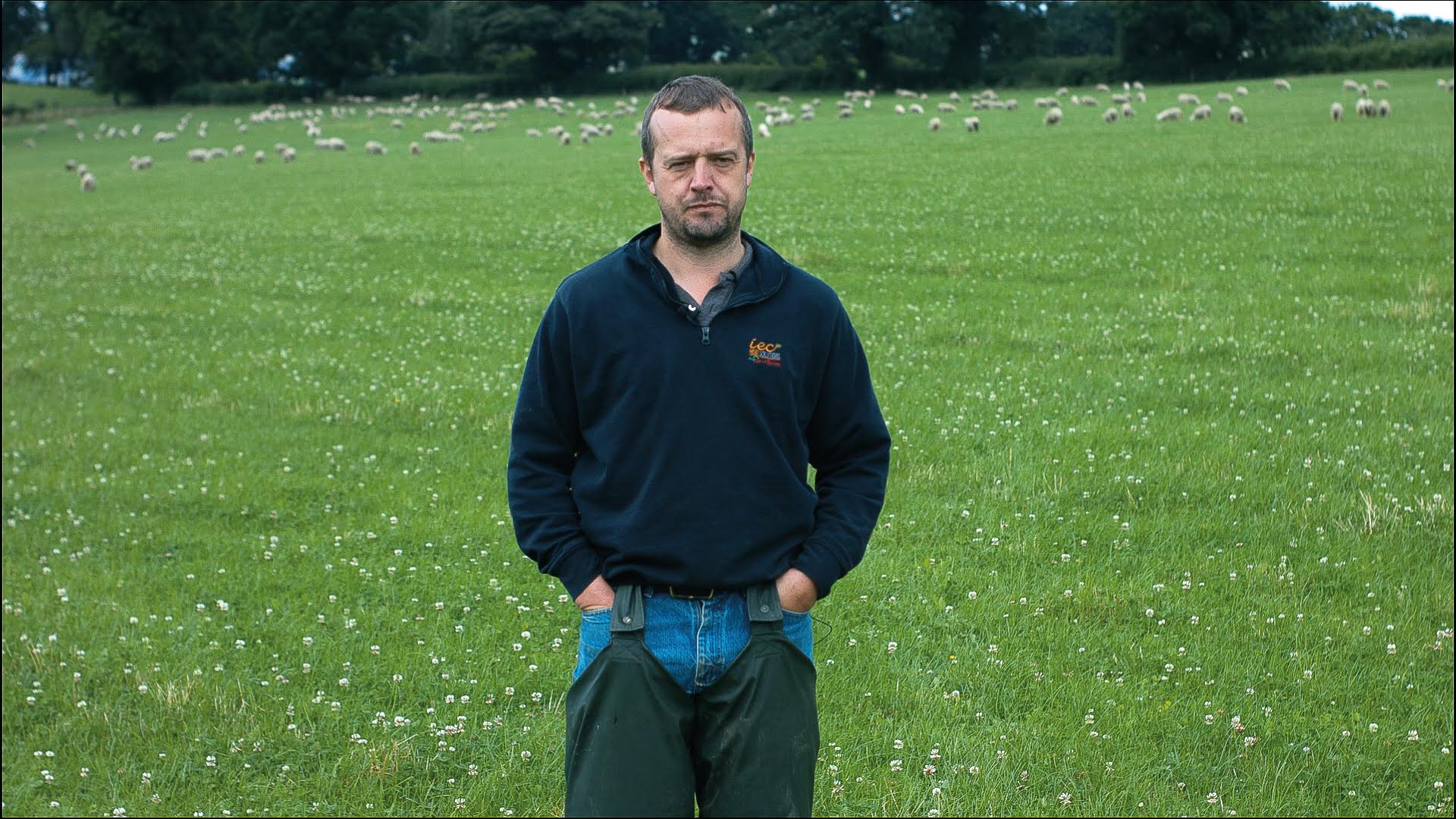

Stuart Hammond is a third generation farmer, and his family have been using Cotswold Seeds’ Pochon Persistent ley for over two decades with impressive results and significant cost savings.
This mix is suitable for taking a cut of silage, but is mainly used for rotational grazing. Including the best strains of high yielding white clovers from Aberystwyth, it gives excellent mid-summer production without artificial fertiliser.
‘My grandfather started the farm in the 1950s and always had a big preference for using a lot of clover in the sward for fixing nitrogen,’ says Stuart, who now farms with his brother, mother and uncle. ‘I was brought up on that philosophy and we’ve been using Pochon for as long as I can remember.’
The farm, mid-way between Builth Wells and Llandrindod Wells, runs 1600 NZ Romney breeding ewes and 120 beef suckler cattle, finishing 400 cattle a year. Stuart says that the sheep love the white clover in the mixture. ‘Pochon is rocket fuel and gives great growth rates. All the lambs are finished on it (17.9kg average). It also produces fantastic silage.’
Pochon, like other long-lasting leys, takes time to germinate and become established. It is therefore essential to sow when growing conditions are good and not too early in the spring before the soil is warm, especially if the mixture includes clover. They are often sown in spring but autumn sowings are preferred due to more reliable rainfall, provided the seed is in by early September.
Once sown, they should be rolled immediately to ensure good soil-to-seed contact. Rolling with a flat roll is best for even consolidation, however roll twice with a Cambridge roll if a flat roll is not available. With long term leys it is extremely important to control perennial weeds prior to sowing - aim for several stale seedbeds before sowing. As these mixes contain small seeded species such as timothy or clover it is best to sow at no more than 10mm into a fine seed bed. To create a denser sward with less bare soil for weeds, either broadcast or drill in two directions at a half rate.
With five hundred acres now down to Pochon, the cost savings for Stuart Hammond have been significant. ‘We used to buy 25-30 tons of lamb pellets and £18,000 of ewe feed cake but we’ve managed to reduce our usage to zero, bringing a reduction in the feed bill of around £25,000.’
The lambing fields are not grazed from Christmas until mid-March to get enough grass and clover cover for the ewes and lambs in the spring. A cut of silage is generally taken in mid June. ‘Sometimes we take an earlier cut to get higher quality silage for finishing cattle, or you can have a bulkier, fantastic dry suckler cow silage.’
After cutting, the lambs paddock graze for maximum utilisation and to stimulate regrowth. The rest periods are also important, so the clover and ryegrass have time to recover between grazing.
Stuart also says that Pochon Persistent is well named, since it’s very persistent, lasting at least ten years and sometimes longer, depending on the weather and whether or not the pH levels and phosphate have been well managed, he finds the ley flexible and easy to manage and it really suits his farming system.
Date Posted: 18th February 2020



